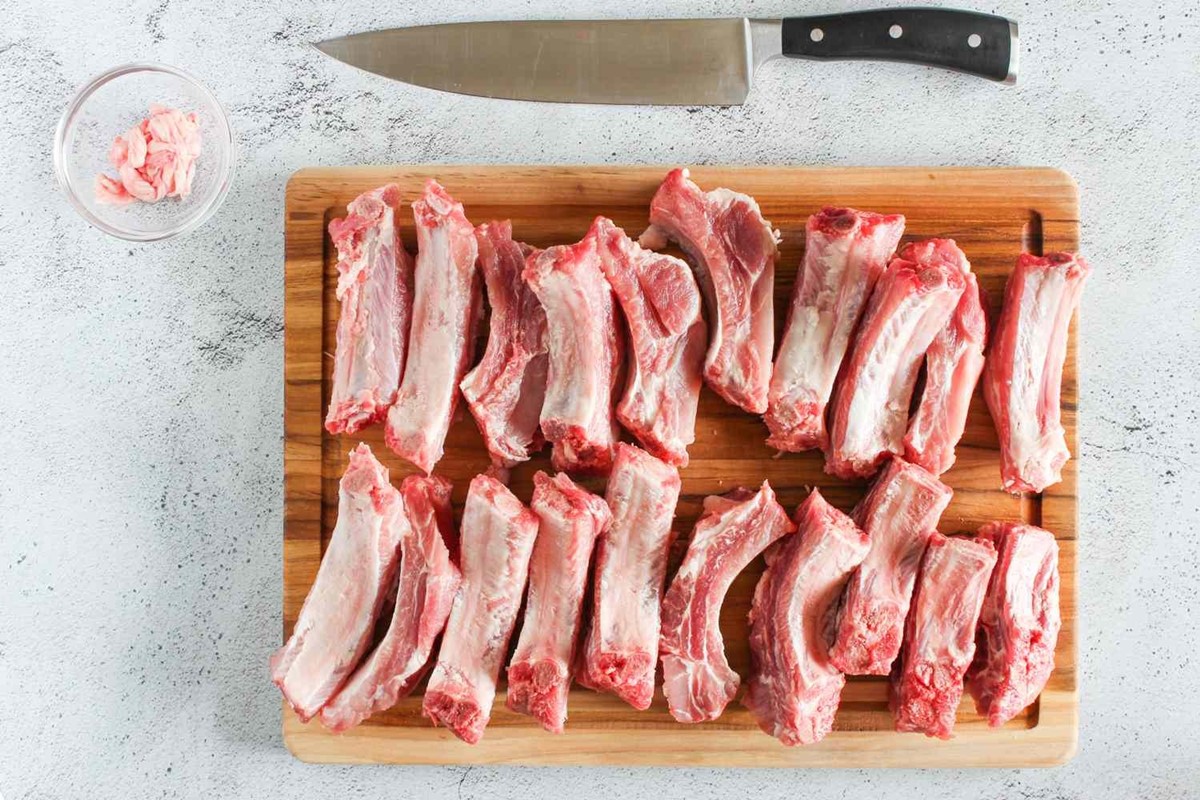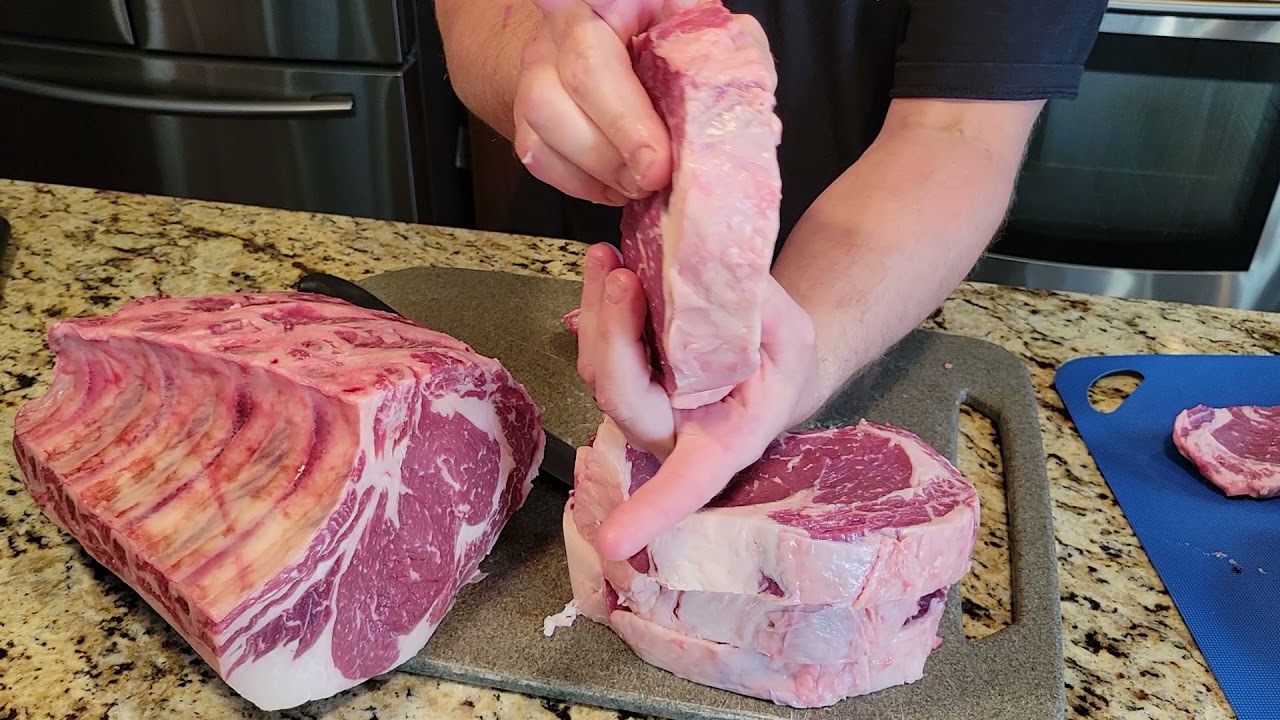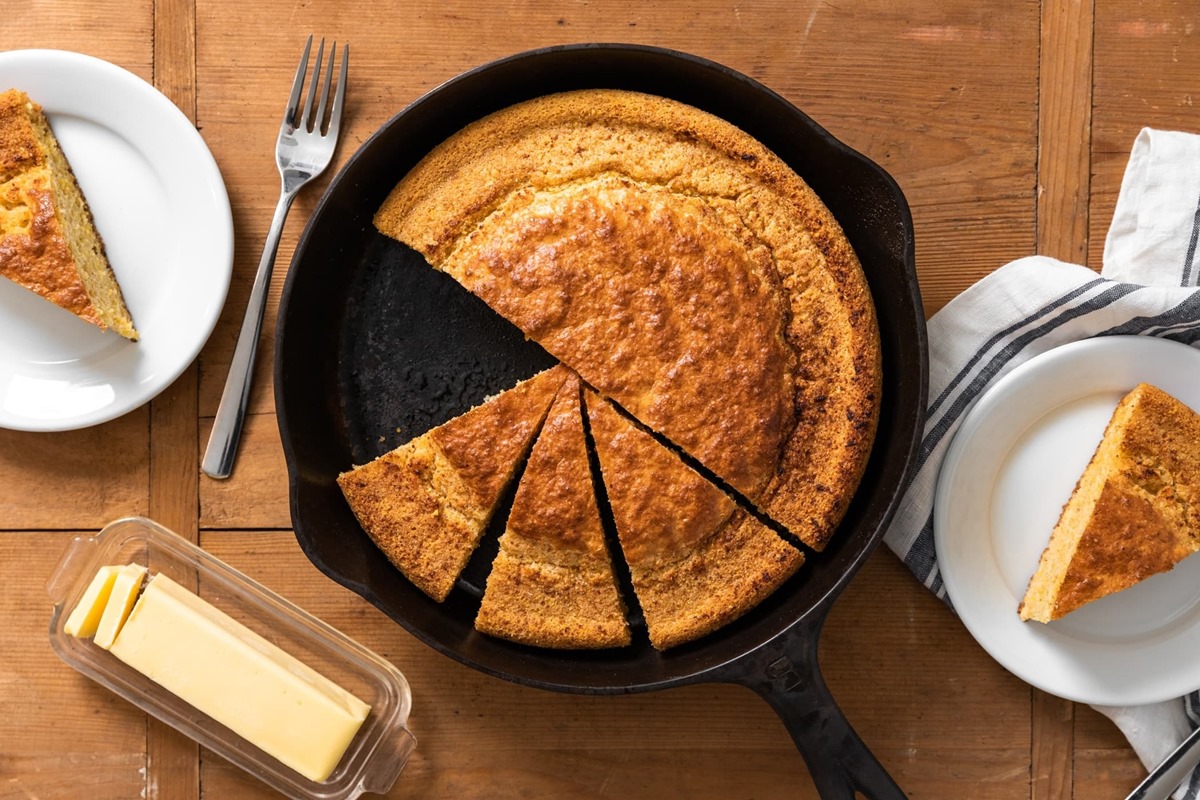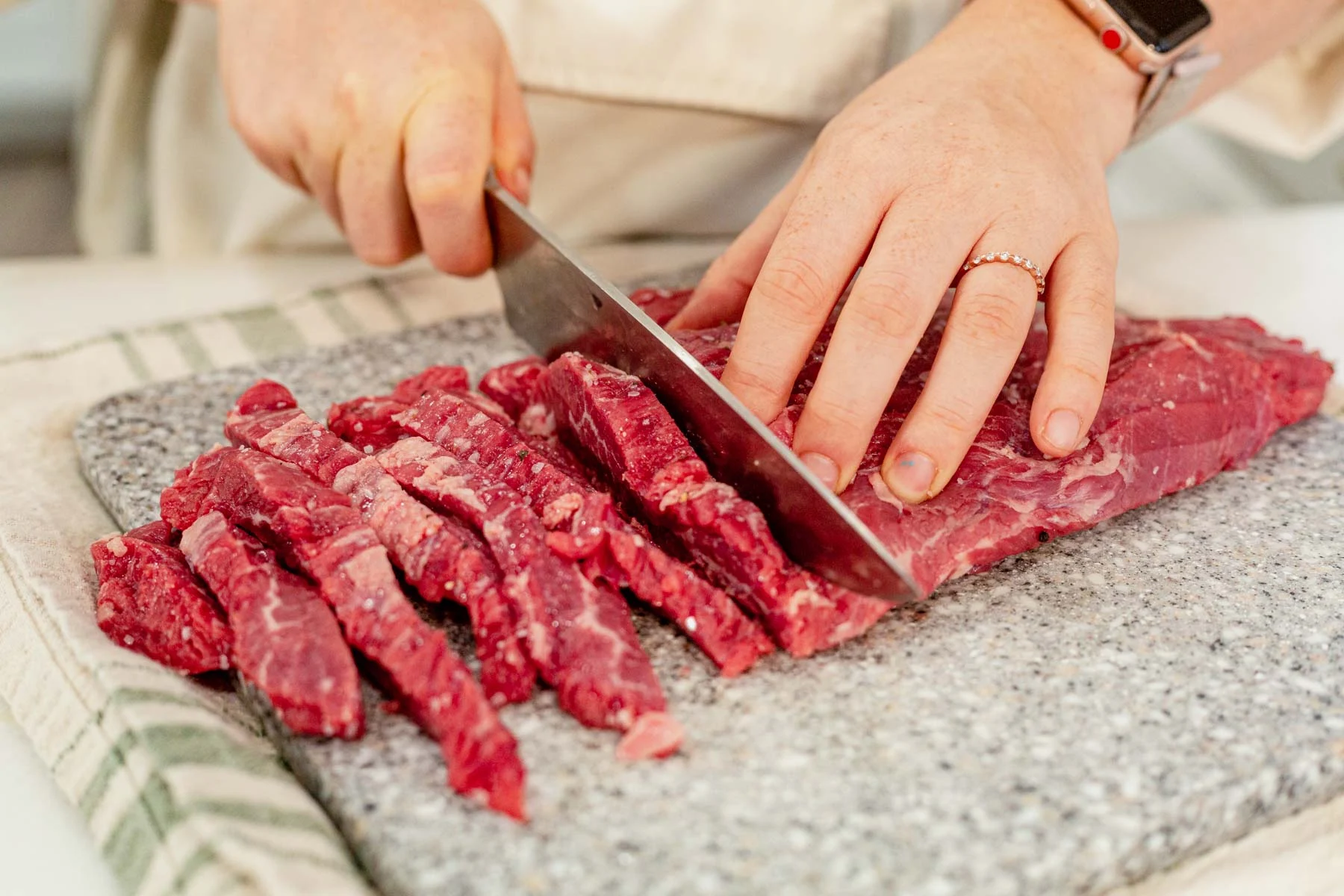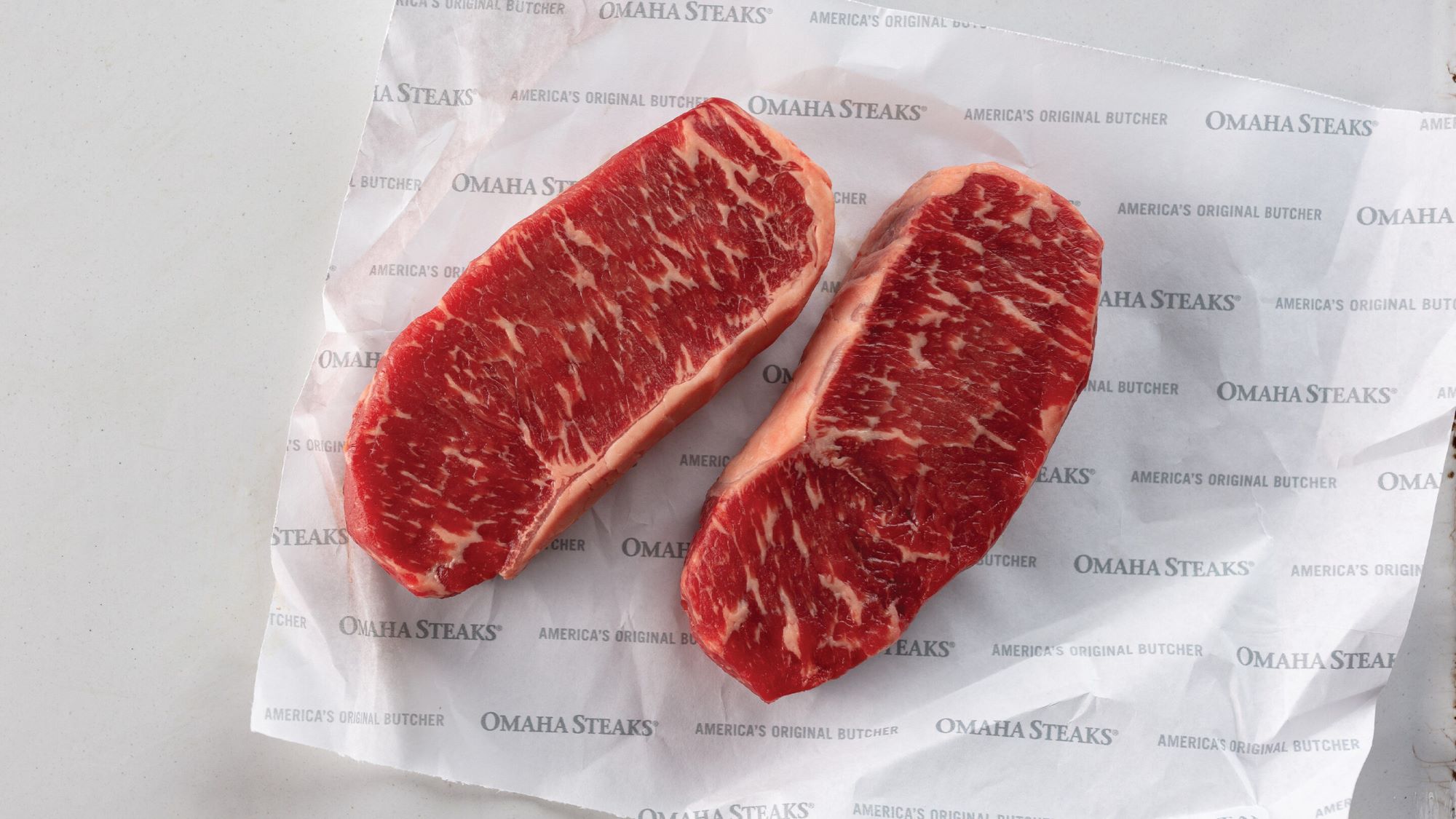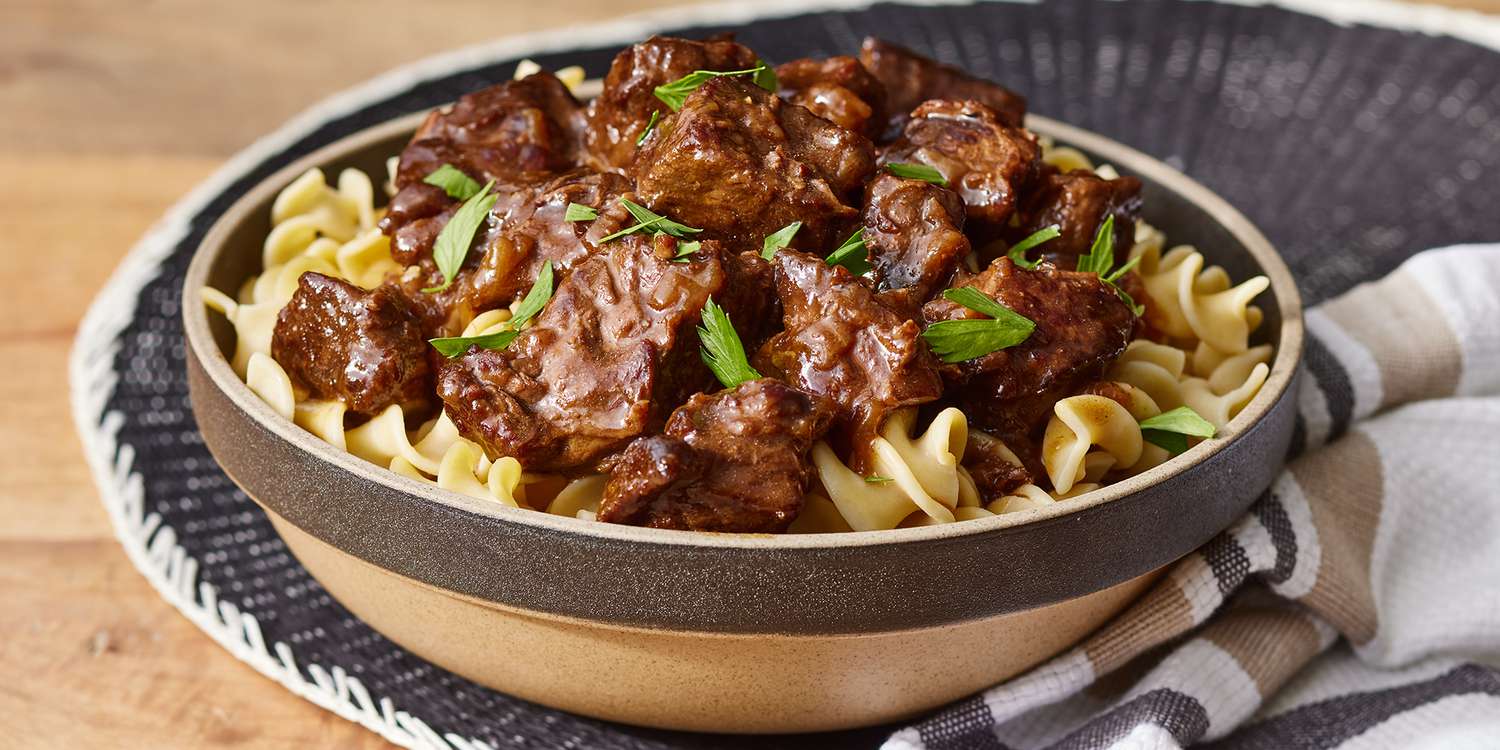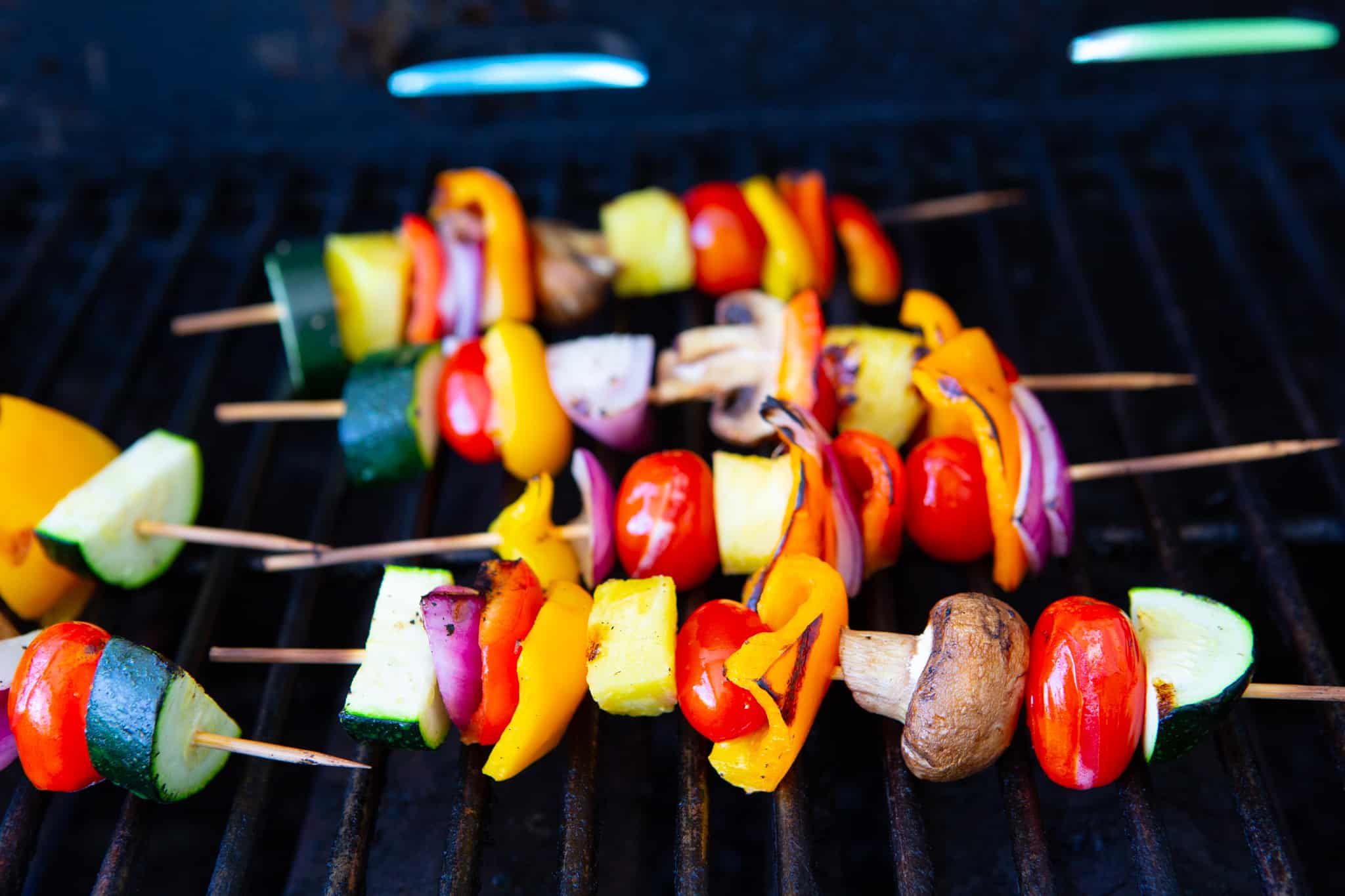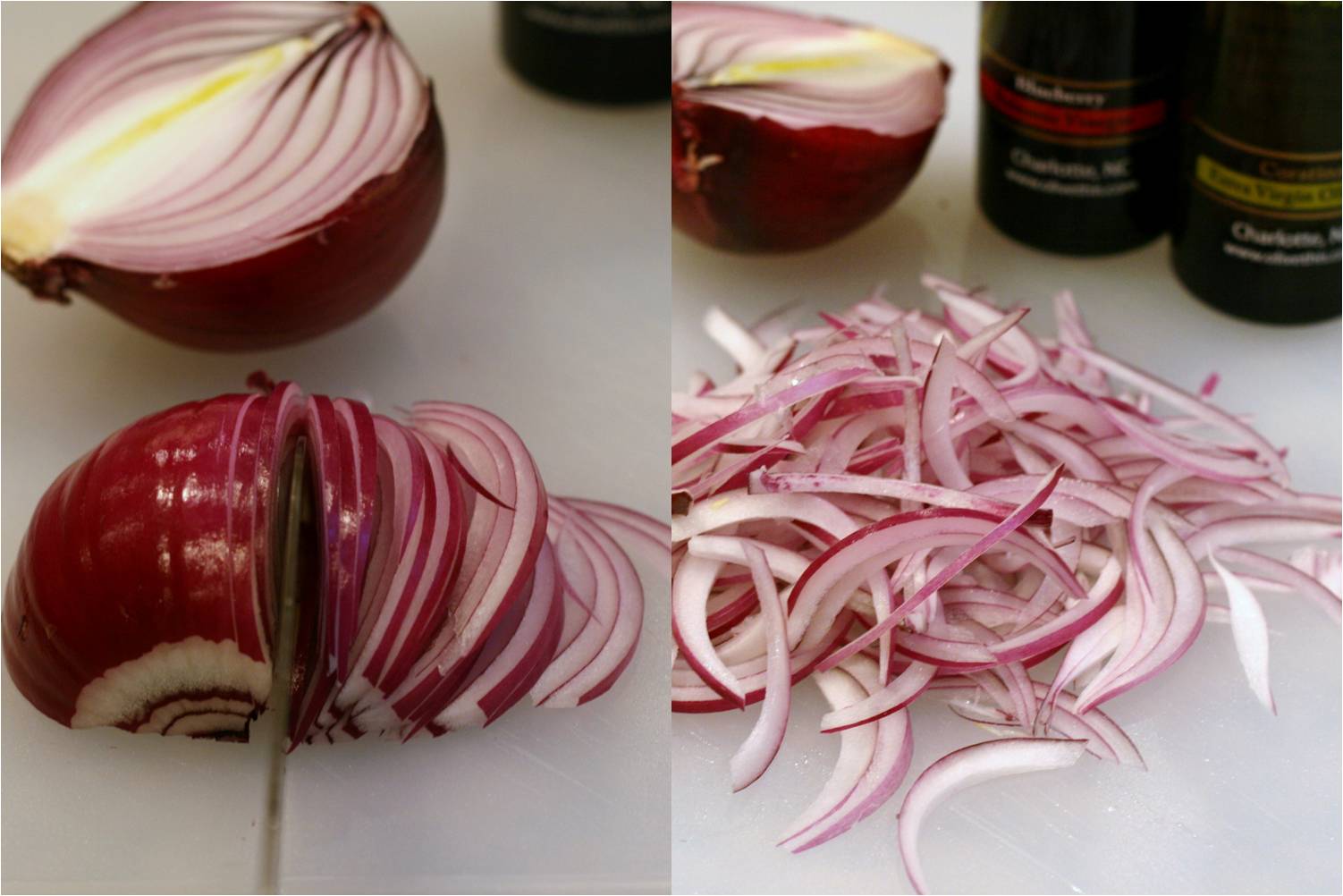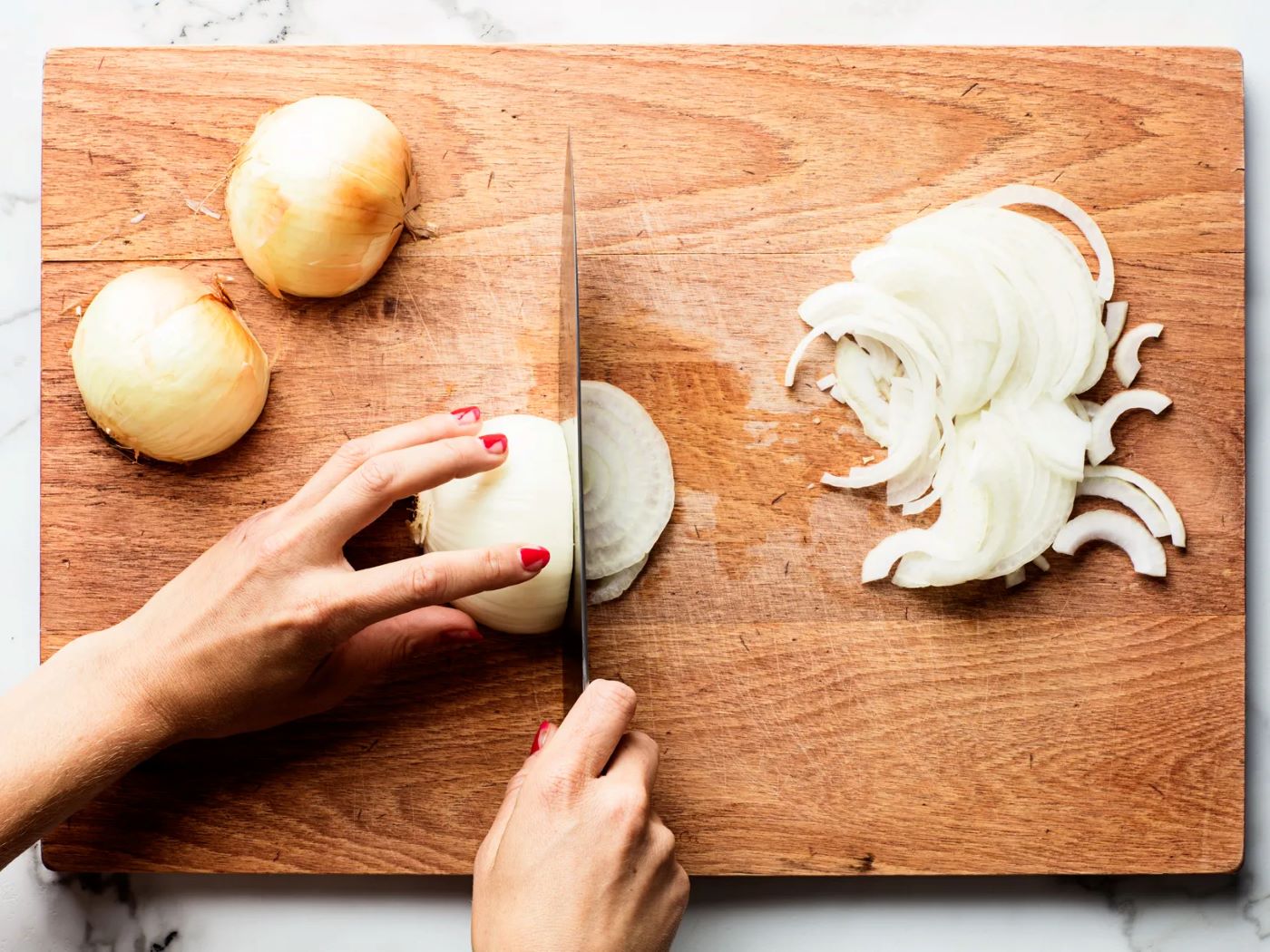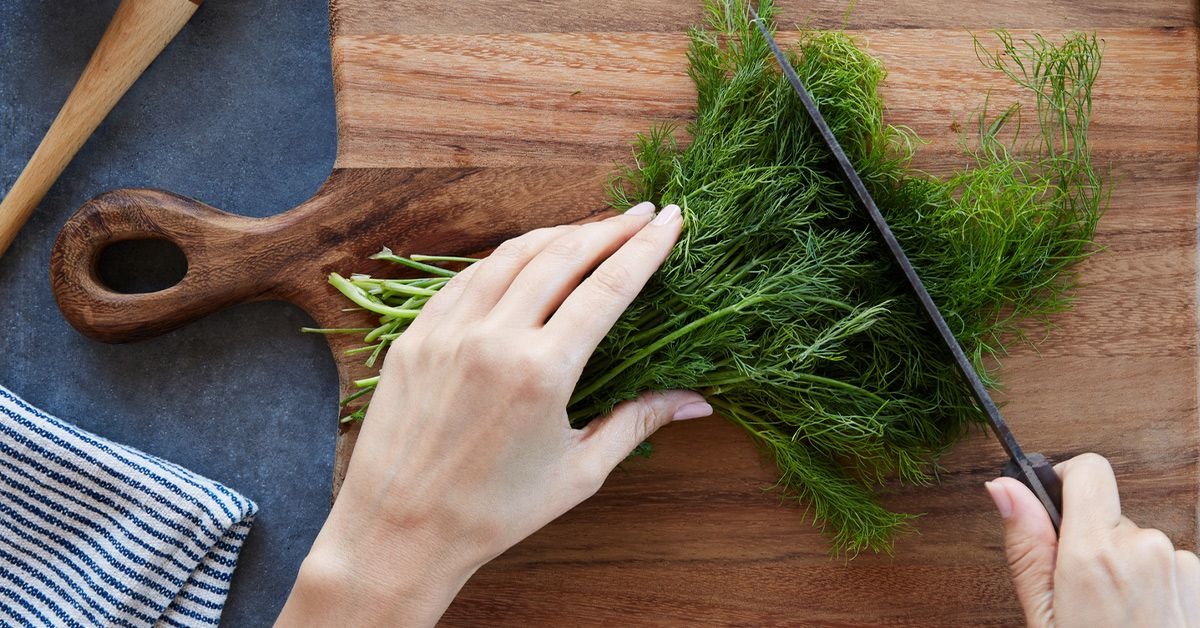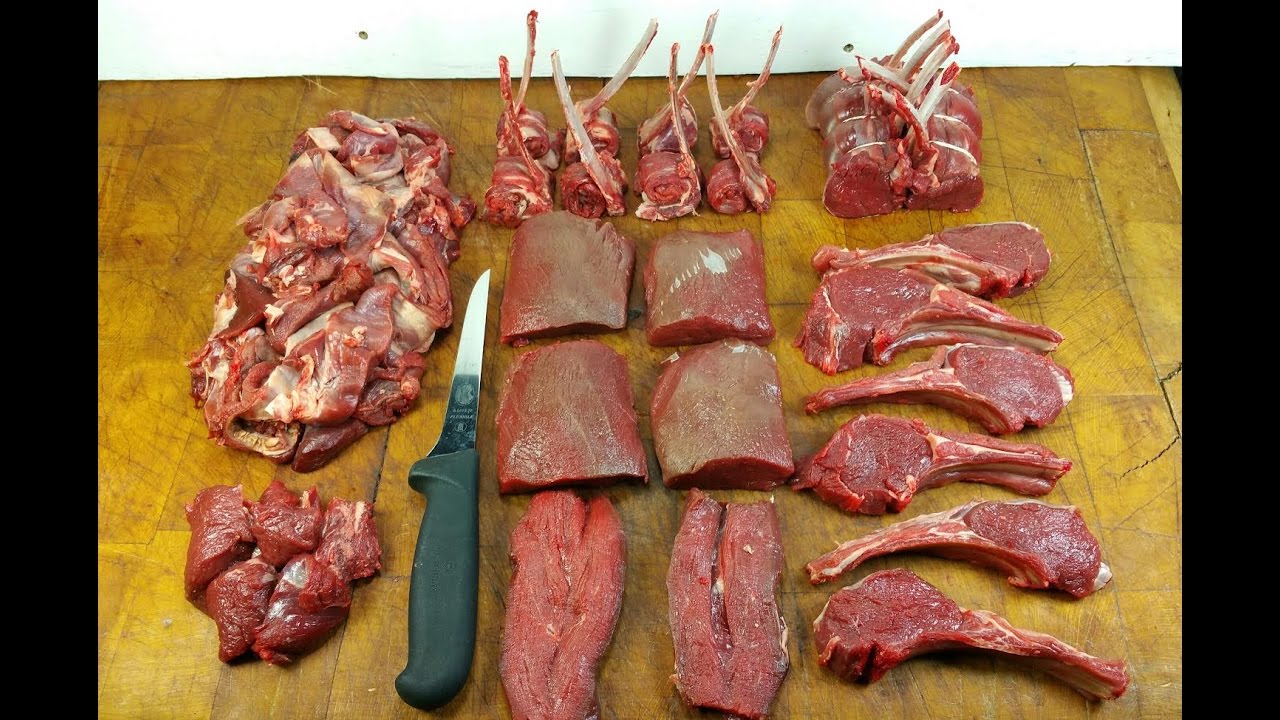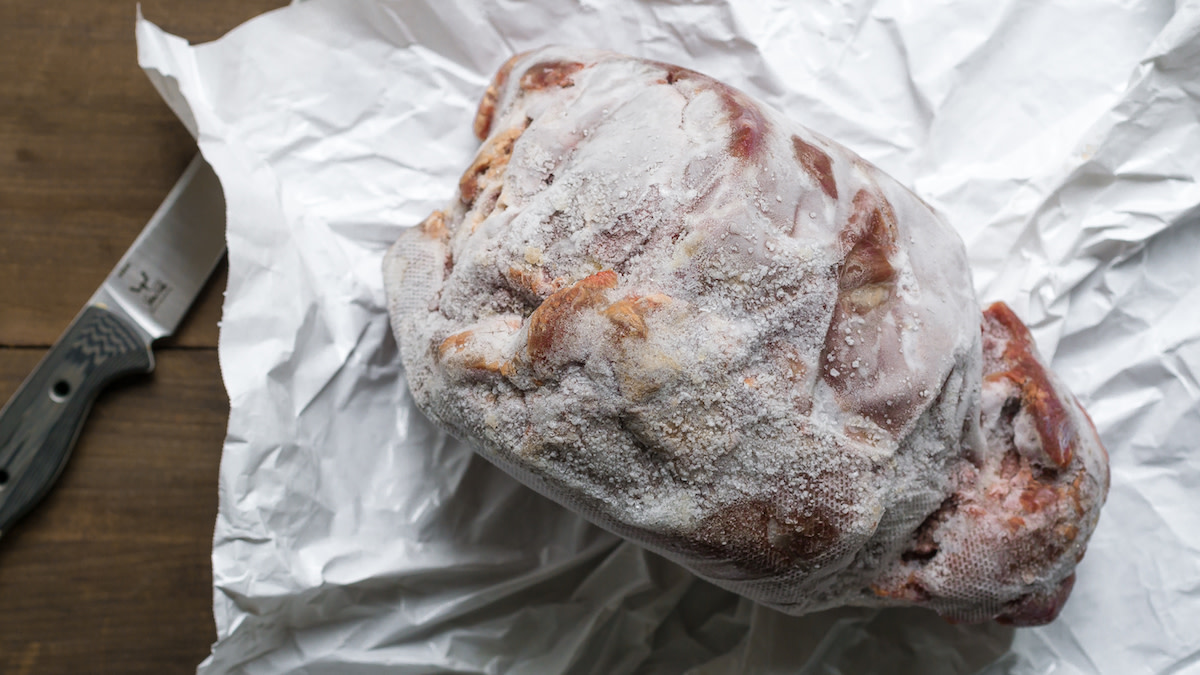Mastering the Art of Cutting Potatoes into Perfect Fries with Just a Knife
Who can resist the temptation of a plate filled with golden, crispy, and perfectly seasoned French fries? Whether you’re looking to impress your friends at a gathering or simply craving your favorite snack, learning how to cut potatoes into fries with just a knife is a skill worth mastering.
While many people opt for using a specialized fry cutter or a food processor, there’s something incredibly satisfying about using a simple knife to transform a humble potato into delicious fries. Not to mention, it’s more accessible and doesn’t require any fancy equipment.
Choose the Right Potato Variety
The first step in creating tasty homemade fries is selecting the right type of potato. Russet potatoes are widely regarded as the best choice due to their high starch content, which results in a fluffy interior and a crisp exterior. However, Yukon Gold potatoes can also be used if you prefer a buttery and slightly sweeter taste.
Here’s a step-by-step guide on how to cut potatoes into fries:
Step 1: Prepare Your Tools and Ingredients
- A sharp knife: A sharp chef’s knife or a French knife will work best for this task.
- Cutting board: Choose a sturdy cutting board that provides stability.
- Potatoes: Select firm and unblemished potatoes.
- Optional: Vegetable peeler to remove the skin, though it’s not necessary.
Step 2: Clean and Peel (If Desired)
Before starting, wash the potatoes thoroughly to remove any dirt or debris. If you prefer peeled fries, use a vegetable peeler to remove the skin. However, keeping the skin intact adds a rustic touch and extra nutrients.
Step 3: Cut the Potatoes
- Place the potato on the cutting board, standing it upright.
- Using your knife, make a vertical cut to create a flat surface. This will provide stability for the subsequent cuts.
- Gently slice the potato lengthwise into ¼-inch to ½-inch thick planks. Aim for consistency in thickness to ensure even cooking.
- Next, stack a few planks together and cut them lengthwise into sticks of the same size.
- Repeat the process with the remaining potato planks until you have a pile of beautifully cut fries.
Step 4: Soak and Dry the Fries
To achieve a crispy texture, soak the cut fries in a bowl of cold water for about 30 minutes. This helps remove excess starch, resulting in a lighter and crispier end result. After soaking, pat the fries dry with a clean kitchen towel or paper towels.
Step 5: Cook and Season the Fries
Now that your fries are cut and dried, it’s time to bring them to life. You can choose to deep fry, oven bake, or air fry your fries depending on your preference and available equipment.
Remember to season your fries with salt and any desired seasonings, such as paprika, garlic powder, or rosemary, to add extra flavor. Toss the fries gently to ensure even distribution of the seasonings before cooking.
When it comes to cooking, keep a close eye on your fries to prevent them from burning. Deep-fry them until they turn golden brown, bake them in a preheated oven at 425°F (220°C) for around 25-30 minutes, or air fry them following the manufacturer’s instructions.
Once cooked, remove the fries from the heat source and let them cool for a few minutes before serving. You can sprinkle some additional salt or seasoning if desired.
Enjoy Your Homemade Fries!
Cutting potatoes into fries with just a knife requires a bit of practice, but the end result is definitely worth it. By following these steps and experimenting with seasonings, you’ll be able to indulge in a plate full of perfectly crispy and delicious fries—all made with love and a trusty knife.
So, the next time you’re craving fries, skip the drive-thru and impress everyone with your very own homemade version. Happy cutting!
Explore More: Delicious Recipes and Creative Uses for Your Hand-Cut Fries
Now that you've mastered the art of cutting potatoes into fries, it's time to enhance your cooking repertoire with a variety of delicious recipes. Try the Garlic Parmesan Fries for a classic flavor that pairs wonderfully with any main dish. For those with a sweet tooth, the Sweet Potato Fries with Cinnamon Sugar offer a delightful twist on the traditional fry. If you're looking to impress, the Truffle Oil and Parmesan Fries add a touch of luxury to your meal. We highly recommend these options as they not only utilize your new skill but also introduce you to diverse flavors and seasoning techniques, making your culinary journey even more exciting.
Was this page helpful?
Read Next: How To Cut A Pork Butt In Half
